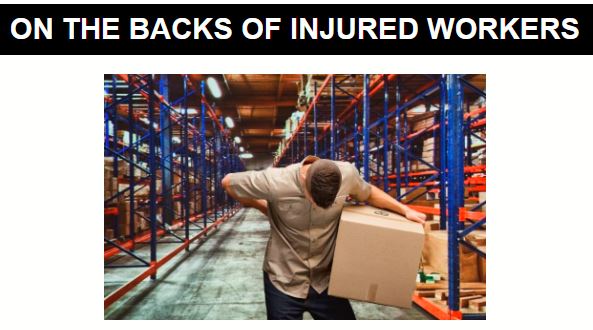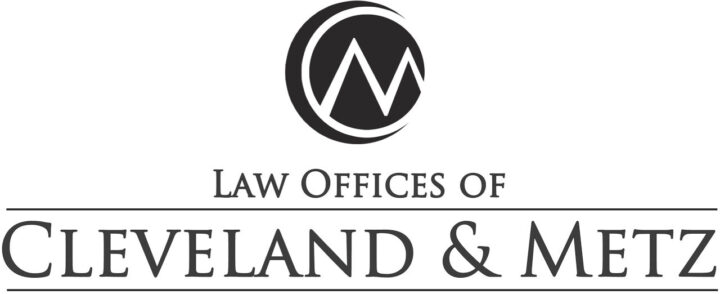San Bernardino Worker’s Compensation update for injured workers July 8, 2019.
 The Workers’ Compensation Insurance Rating Bureau (WCIRB) released their 2018 California Workers’ Compensation Losses and Expenses report last Monday showing another win for insurers as medical payments and losses declined by roughly $100 million.
The Workers’ Compensation Insurance Rating Bureau (WCIRB) released their 2018 California Workers’ Compensation Losses and Expenses report last Monday showing another win for insurers as medical payments and losses declined by roughly $100 million.Overall, medical payments and expenses declined to $4.6 billion in 2018 from $4.7 billion the prior year with the ratio to earned premiums falling 10 percent to 82 percent of earned premium in 2018, down from 92 percent in 2017, further padding their profits.
The WCIRB estimates an underwriting profit of $3.2 billion, or 18 percent of premium, in 2018 compared to $1.4 billion, or 8 percent of premium, in 2017.
Medical payments made to treat injured workers were down in every category except one: “other.”
One bright spot were payments made directly to injured workers which increased to $1.47 billion in 2018, up from $1.34 billion in 2017.
What does this tell us?
Medical claims are being denied and delayed to reduce costs, hampering a worker’s ability to get the treatment they need to get back to work.
What’s even more interesting is that, as we previously reported (multiple times), the WCIRB has put a target on CT claims as the definitive issue affecting workers’ compensation costs.
Yet, according to their own numbers, total reported losses on permanent disability claims associated with “carpel tunnel/repetitive motion,” “other cumulative injuries” and “psychiatric and mental stress injuries” (also a form of cumulative trauma) only accounted for a combined total of 15 percent of losses.
Estimated costs per claim were also significantly lower for these types of injuries compared with specific slip-and-fall or back injuries, and the percentage of cumulative injury claims represented only 4.2 percent of all claims. Add in claims for “strain from repetitive motion” at 4.6 percent and we’re still looking at less than 10 percent of all claims.
We could continue to delve into the numbers, but you can read the report for yourself.
Our key takeaways: Premiums are down, payments to treat injured workers are down, profits are up.
And it’s all being done on the backs of injured workers.
